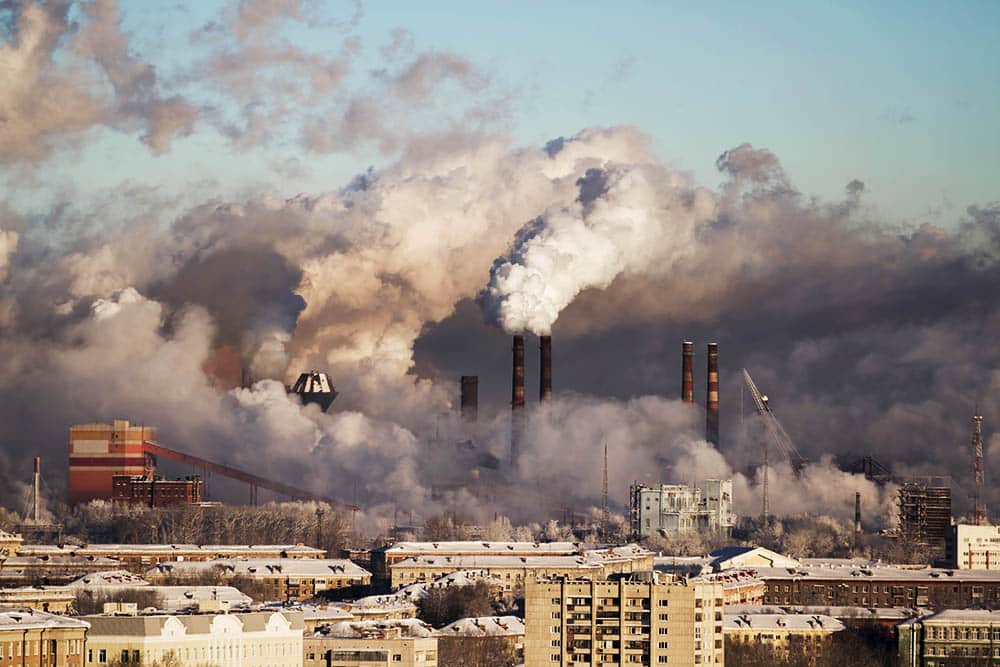Analysing the Urgency: Breaking the Carbon Shackles
The Current State of Emission Reduction
The pressing issue of climate change has brought to light the importance of emission reduction in recent years. The world has witnessed the devastating impacts of global warming, from extreme weather events to rising sea levels. As a result, governments, corporations, and individuals are beginning to recognize the urgent need to address the root cause of these problems – greenhouse gas emissions. However, despite efforts to reduce emissions, progress has been slow and far from sufficient.
Challenges in Achieving Emission Reduction Targets
Reducing carbon emissions is a complex challenge that requires the collaboration of multiple stakeholders. One of the main obstacles lies in the heavy reliance on fossil fuels for energy generation and transportation. The burning of fossil fuels releases large quantities of carbon dioxide into the atmosphere, contributing significantly to global warming. Transitioning to cleaner and more sustainable energy sources is crucial but comes with its own set of challenges.
Renewable Energy: A Key Solution
Renewable energy sources, such as solar and wind power, have gained significant traction in recent years as promising alternatives to fossil fuels. The falling costs of renewable technologies, coupled with advancements in storage and distribution, have made them increasingly viable options. By investing in renewable energy infrastructure, countries can reduce their reliance on carbon-intensive sources and significantly mitigate emissions. Moreover, the development of innovative solutions such as floating wind farms and solar-powered electric vehicles showcases the potential for further advancements in this field.
The Role of Technology and Innovation
Technology and innovation play a crucial role in driving emission reduction efforts. From energy-efficient buildings to smart grid systems, technological advancements have the potential to revolutionize the way we consume and produce energy. For instance, the use of artificial intelligence and predictive analytics can optimize energy demand, reducing waste and environmental impact. Furthermore, breakthroughs in carbon capture and storage technologies hold promise for capturing and storing carbon emissions from major sources such as power plants and factories.
Policy and Legislation: A Catalyst for Change
While technological advancements are vital, transforming the emission reduction landscape requires strong policy frameworks and effective legislation. Governments must set ambitious targets and establish regulations that incentivize sustainable practices while penalizing polluting activities. Implementing carbon pricing mechanisms, such as cap-and-trade systems or carbon taxes, can provide economic incentives for industries to reduce their emissions. Additionally, international cooperation and agreements, such as the Paris Agreement, play a vital role in fostering global collaboration and collective action.
Important Information to Consider
In the pursuit of emission reduction, it is crucial to consider the broader socio-economic implications. The transition to sustainable practices must be inclusive and equitable, ensuring that vulnerable communities are not left behind. Additionally, efforts to reduce emissions should be approached holistically, taking into account the interconnectedness of various sectors such as transportation, agriculture, and manufacturing. Ultimately, achieving emission reduction targets requires a comprehensive and holistic approach that addresses the complex challenges at hand.
Summary
Breaking the carbon shackles and achieving emission reduction is a critical task that requires urgent attention. The challenges posed by climate change demand innovative and sustainable solutions. Transitioning to renewable energy sources, harnessing technology and innovation, and implementing strong policy frameworks are essential steps towards a greener future. However, it is vital to consider the social and economic implications while adopting a holistic approach to ensure a sustainable and inclusive transition. Only by united efforts and collective action can we overcome the hurdles and pave the way for a healthier, more sustainable planet.
- Unleashing the Power of Progress: Crafting an Astounding Growth Strategy - 17 de agosto de 2023
- Evolution Unleashed: Unlocking the Power of Iteration - 17 de agosto de 2023
- Unleashing Unlimited Potential: The Power of Scalability - 17 de agosto de 2023




